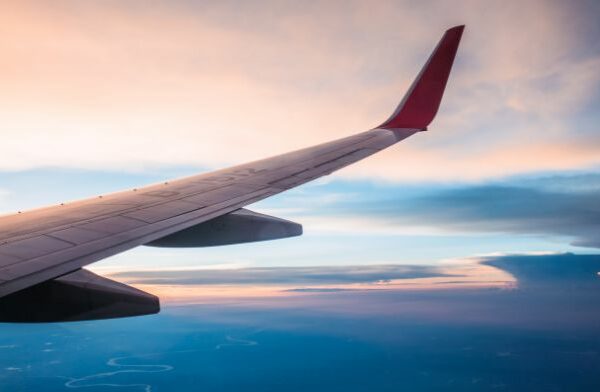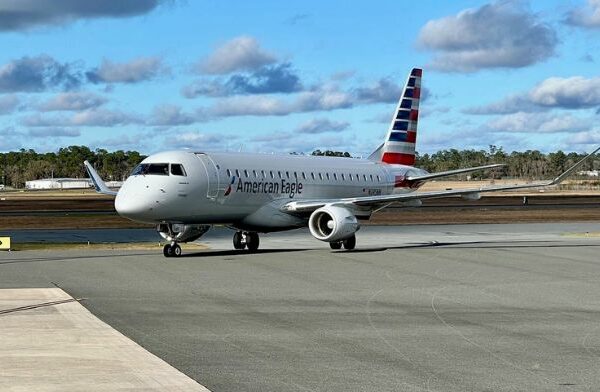Turkmenistan Airlines with assistance from Lufthansa Consulting has intensified its effort to bring Turkmenistan’s flag carrier’s operations into line with European safety standards. The airline requires this enhanced safety approval in order to operate flights to Europe.
The central Asian republic’s sole airline has been banned from operating flights to the European Union since February.
In August EASE has a scheduled audit of the airline, although the airline claims that significant improvements have been made already, which saw the operator submit a safety standards report to the EASE Third Country Operators (TCO) team, which is the governing technical board to the EU Air Safety Committee (ASC).
Contained within the report the airline’s management team updated the TCO board on the current status of its corrective actions taken after the operator was heavily criticised for failing to meet the agency’s requirements in February. This resulted in Turkmenistan Airlines being blacklisted by the EASA.
The airline hired Lufthansa Consulting to assist and advise in developing and implementing a series of measures to improve its safety and quality management systems, as well as documentation development and process implementation, staff training, software implementation and equipment procurement. The consulting group also focused on “cultural changes within the company,” says Lufthansa Consulting in their recent report.
“To stay informed about the continuous efforts by TUA to resolve the initial findings and work on the corrective action plans supported by Lufthansa Consulting, EASA has welcomed the next progress meeting during the second part of July,” the report continued.
In an effort towards achieving compliance, TUA agreed to start liaising with EASA to allow mandatory on-site assessments in early August. Corrective measures will include improvements throughout the management and operational structure of the airline, particularly to safety management system and flight data monitoring, restructuring of the CAMO and Part 145 operations, and ground and flight operations, in order to achieve compliance with international standards and satisfy IATA’s Operational Safety Audit.







